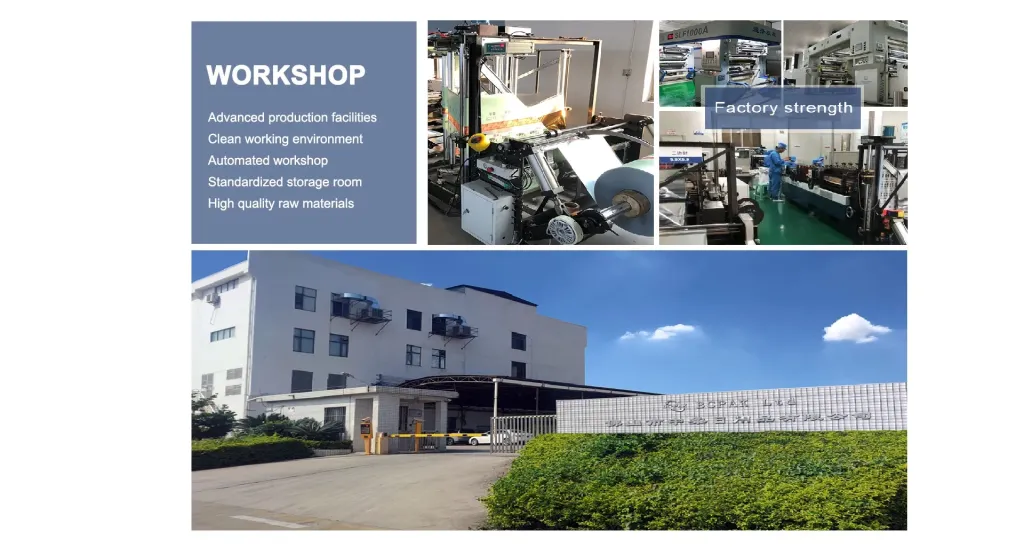Dated on Jan-11-2025


Tees are T-shaped fittings that enable the branching of a pipeline into additional lines. Useful for supplying gas to multiple locations from a single line, tees help maximize system efficiency by reducing the need for additional pipelines. Available in equal and reducing configurations, tees allow for both identical pipe connections and transitions between dissimilar pipe sizes, addressing versatile piping needs efficiently. Unions are critical components for assembly and disassembly of gas pipes, allowing for easy maintenance and repairs without affecting the rest of the pipeline. Unlike couplings, unions allow disconnection without sliding, which is advantageous in confined spaces or where a fixed length of pipe is necessary. Their design ensures a secure seal and reliable gas flow, even under variable pressure conditions. Material selection for gas pipe fittings significantly impacts their performance and longevity. Common materials include brass, steel, and PVC. Brass fittings are known for their corrosion resistance and durability, suitable for various pressure ranges. Steel, particularly galvanized steel, offers enhanced strength and is used extensively in industrial settings. However, care should be taken to prevent rust and corrosion over time. For domestic and low-pressure applications, PVC provides a cost-effective and easy-to-install option, though less durable under high-pressure conditions. In conclusion, understanding the types and applications of gas pipe fittings is essential for ensuring the safety, efficiency, and longevity of gas systems. Selection of appropriate fittings must consider the specific conditions and demands of the installation environment, involving a balance between material properties, fitting type, and anticipated gas pressures. Such considerations, grounded in expertise and experience, foster trust and reliability in residential and commercial gas applications.
Post time: Jan-11-2025
Prev:
Related PRODUCTS









